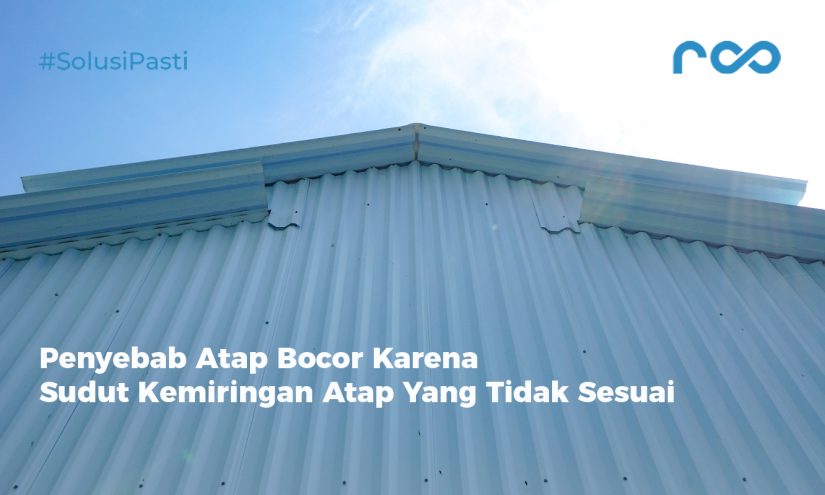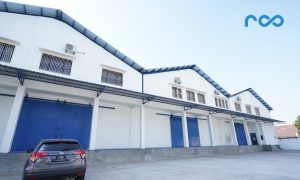
A leaking roof is one of the most common and frustrating problems for homeowners. In addition to disrupting comfort, leaks can lead to structural damage, mold growth, and harm to household equipment. One of the main causes of this issue is an improper roof slope angle that does not match the environmental conditions or the type of roofing material used
Why Is Roof Slope Important?
The roof slope refers to the steepness or degree of incline of the roof surface in relation to the horizontal plane. This slope serves several important functions:
-
Allows rainwater to drain quickly
-
Prevents water from pooling on the roof surface
-
Reduces water pressure on roof joints
-
Matches the type of roofing material used (tiles, metal sheets, asphalt, etc.)
If the slope is too low or not appropriate, rainwater tends to accumulate on the roof, leading to moisture buildup, leaks, and even material damage.
Signs of Roof Problems Due to Improper Slope
-
Water Pooling in Certain Areas
Commonly seen on flat or very low-sloped roofs. -
Recurring Leaks in the Same Spot
Even after repairs, leaks return because water does not drain properly. -
Roofing Material Deteriorates Quickly
Tiles crack or shift easily due to constant water pressure. -
Moss and Mold Growth
Damp and stagnant roof surfaces create an ideal environment for mold and mildew to grow.
Case Example: Roof Slope Too Shallow
A house located in an area with high rainfall used a roof with a slope angle of only around 5°. As a result, rainwater drained very slowly and often pooled on the roof. After a few months, the roof began to leak, and water seeped into the ceiling. Upon inspection, it was found that the roofing material (ceramic tiles) should have been installed at a minimum slope of 25° to prevent leakage.
Solutions and Prevention
-
Adjust Roof Slope According to the Material
-
Concrete/ceramic tiles: ideally at a slope of ≥ 25°
-
Metal/zincalume roofing: can be used at a low slope of ≥ 5°, but ≥ 10° is recommended
-
Asphalt shingles: generally require a slope of ≥ 15°
-
-
Apply Waterproofing Layers
Especially important for flat roofs or those where slope adjustment is not feasible. -
Inspect and Clean Gutters Regularly
Clogged gutters can worsen the impact of an insufficient roof slope. -
Consult with a Professional
Roof structure planning should involve an architect or civil engineer to determine the ideal slope based on weather conditions and building type.

#solusipasti #rooftop #20yearswarranty #atapdingin #atapupvc #ataprooftop #atapdinginrooftop #atappvc #atapringan #atapantibakar #arsitekjakarta #arsiteksurabaya #interiorjakarta #interiorsurabaya #kontraktorjakarta #kontraktorsurabaya #antikarat #solusitop #arsitek #indonesiaarchitects #atapgudang #atappabrik #kanopi #carport #atapkanopi #cseries

